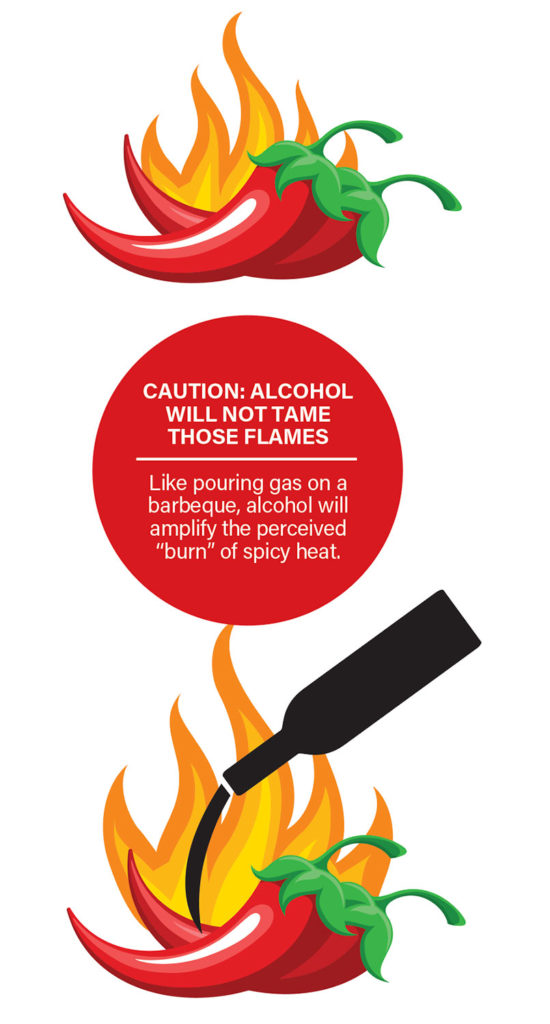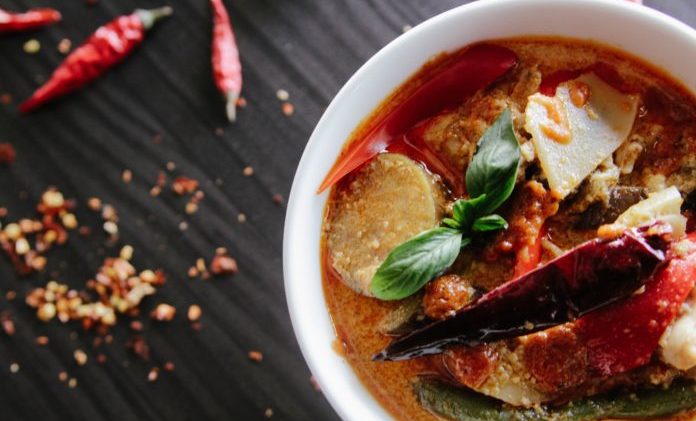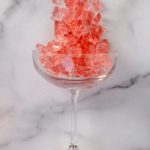Foods with spicy heat can be stimulating and enjoyable, but are also famously hard to pair successfully with wines.
Some wines are better equipped than others to handle dishes that are packing heat. But these bottles are often overlooked because they represent an exception to the normal wine-and-food pairing guidance of partnering “like with like.”
Wines that we describe as “spicy,” like bold Rhône blends or ripe floral whites, rarely taste their best when served alongside spicy foods. The key to avoiding such unflattering clashes is to grasp the sensory science behind the cause and effect.
We use the term “spicy” to describe aromatics in wine. However, spicy heat in food is completely unrelated. It’s a tactile sensation perceived as a mild form of pain.
Spicy foods seem to “burn” on contact with thermo-sensitive nerves. Chili peppers and ginger literally feel “hot.” We expect a cold drink to counteract spicy heat, but it doesn’t help much; we’re stuck with the burn until it fades on its own. However, if that drink contains alcohol, it can amplify the fiery sensation rather than reducing it.
Why? Alcohol acts as an irritant in this circumstance, inflaming the chemical burn for similar reasons as why spirits hurt when poured over a wound. Low-alcohol beers can pass muster with spicy fare, but once we get above 5% alcohol, the higher a drink’s alcoholic strength, the more the drinker will “feel the burn.” Since alcohol’s volatility is also highest at the warmest temperature, the spicy heat effect is even more intense in high-alcohol drinks that are not served chilled — like red wine.

As a result, spicy food is rarely flattering to full-bodied red wines, leaving them tasting boozier while flattening their fruit, leaving the food seeming scorchingly hot. Lower-alcohol drinks served cold work much better, particularly those wines that also feature a touch of residual sweetness to soothe the palate, like riesling or vinho verde.
Do your own taste test to master the relationship between alcohol & spicy heat
For a vivid illustration of the effects of alcohol on the palate when partnered with spicy food, screw up your courage and line up a bottle of your favorite hot sauce alongside samples of four drink options: a pale lager (like a pilsner or light beer), a mild low-alcohol white (like riesling or vinho verde), a bold high-alcohol red (like cabernet sauvignon or malbec) and a whiskey served neat (like rye or bourbon).
Taste each drink alone first, then again after a dab of hot sauce. Compare how the drink tastes before and after. Allow plenty of time between each round for your palate to recover, and see for yourself which option makes the most pleasant food partner when spicy heat plays a major role in the recipe.







